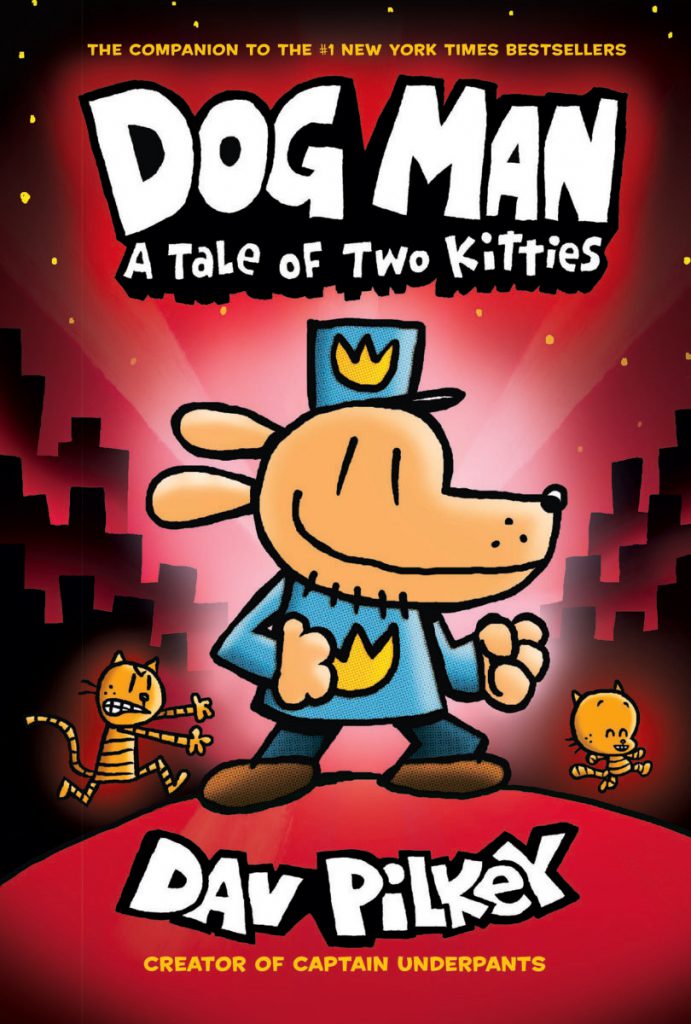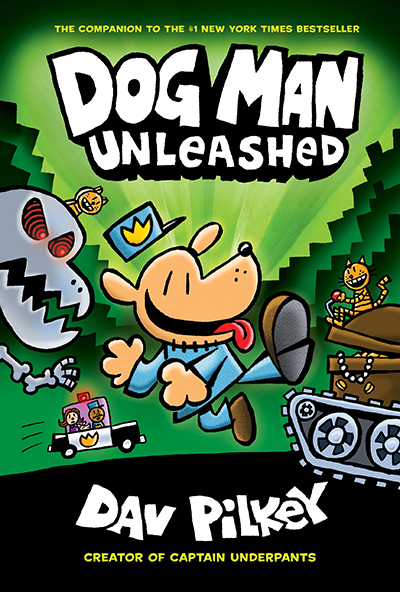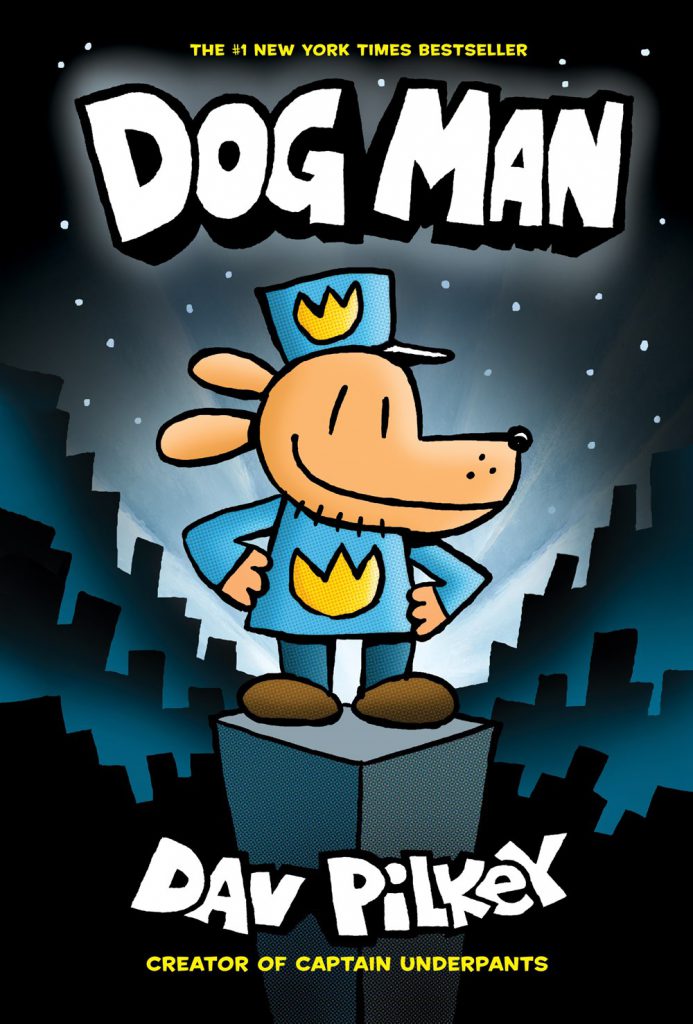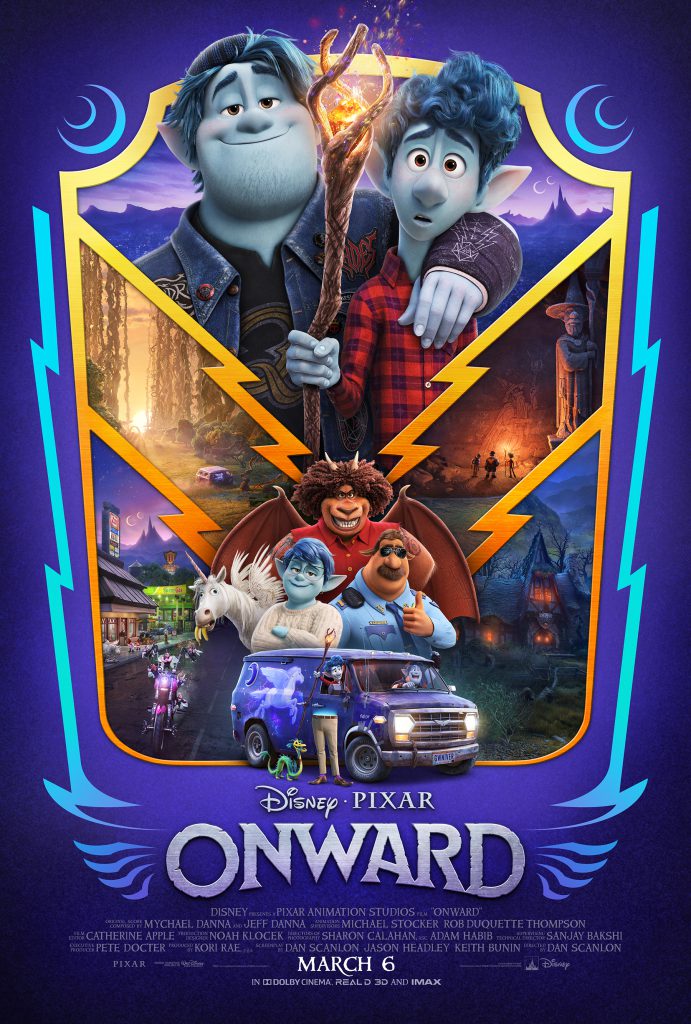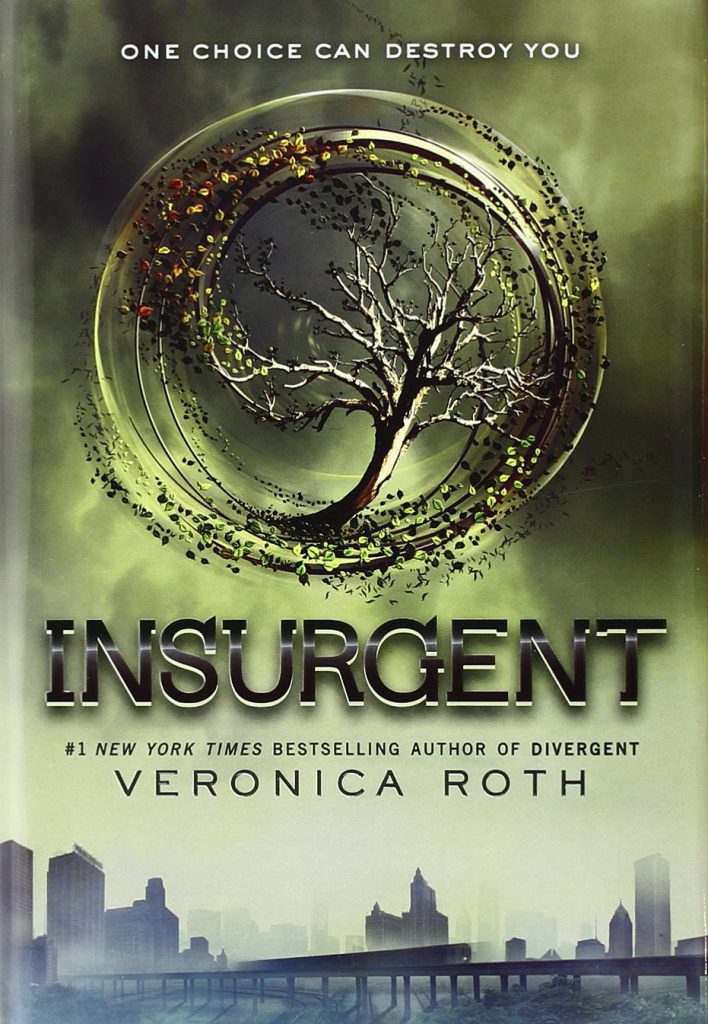written by David Steffen
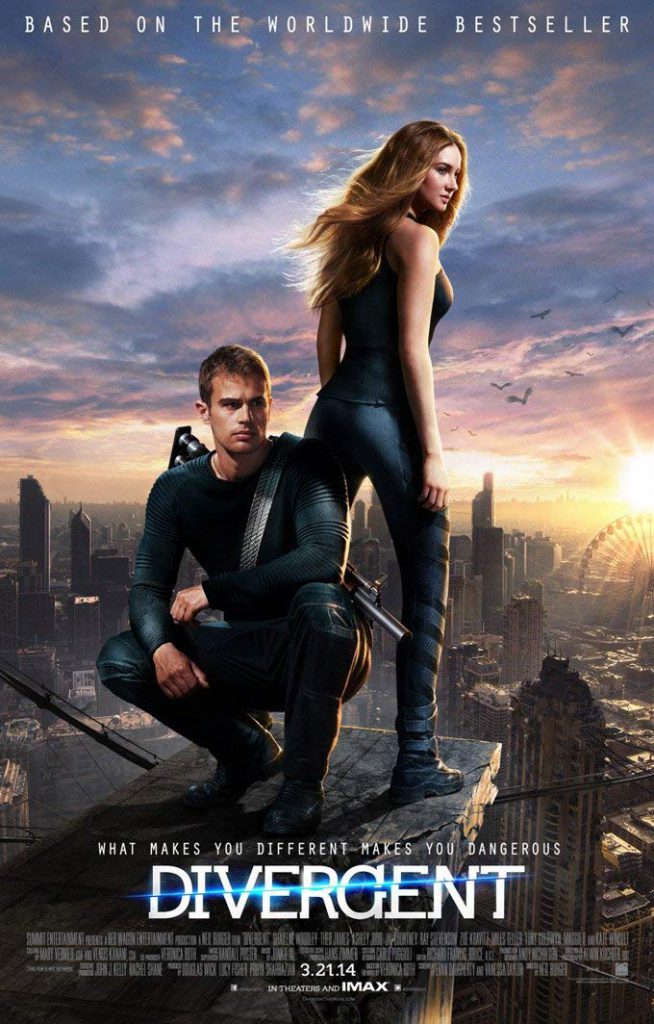
Divergent is a 2014 dystopic science fiction movie distributed by Lionsgate, based on the 2011 book of the same title by Veronica Roth. Much of the general summary of the plot here is the same as the review here of the Divergent book because it was very closely based.
The story takes place in an isolated city-state that used to be Chicago in the future, where it is walled off from the rest of the world where no one seems to know what is happening outside of it. Almost all of society is split into five factions, each of which values certain human traits above all others. At the age of sixteen, every person must decide which faction they will belong to for the rest of their lives or risk falling into the huddled masses of the factionless who are barely acknowledged by the society.
The Abnegation values selflessness, and expect its members to never think of themselves. Dauntless values courage, its members are like a trained military force, expected to take on dangerous challenges without hesitation. Candor values honesty, and its members are expected to always tell the truth in all situations. Amity values harmony, and wants everyone to get along peacefully. Erudite value intelligence, they’re the inventors of the society. Every person is expected to be a clear fit for one of the factions or they are an outcast, but there are whispers that some people are “divergent” who have tendencies toward several factions at once, these people are considered dangerous to their social order.
Beatrice Prior (Shailene Woodley) is born and raised as Abnegation, but although she sees the worth in Abnegation’s values, she feels like an impostor because she can’t seem to hold to those values. On her Choosing Day she has to choose between staying with her family in Abnegation or leaving them behind to join one of the other factions. She joins the Dauntless faction because it seems to be the closest to what she wants to be, there she is trained by a mysterious man who calls himself Four (Theo James).
This is a reasonably faithful adaptation of the movie. The main difference overall seems to be that it feels like the Dauntless acts are dialed up even higher so that rather than being simply reckless they are borderline suicidal, I guess to punch up the movie shock effect. But this is still an interesting look at a really terrible social structure that I would never recommend (particularly that you have to choose your faction at sixteen and can never change it forevermore). Worth a watch!

